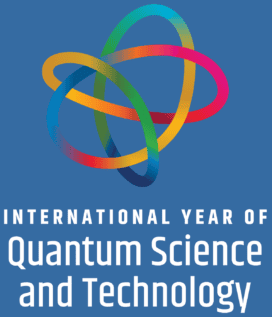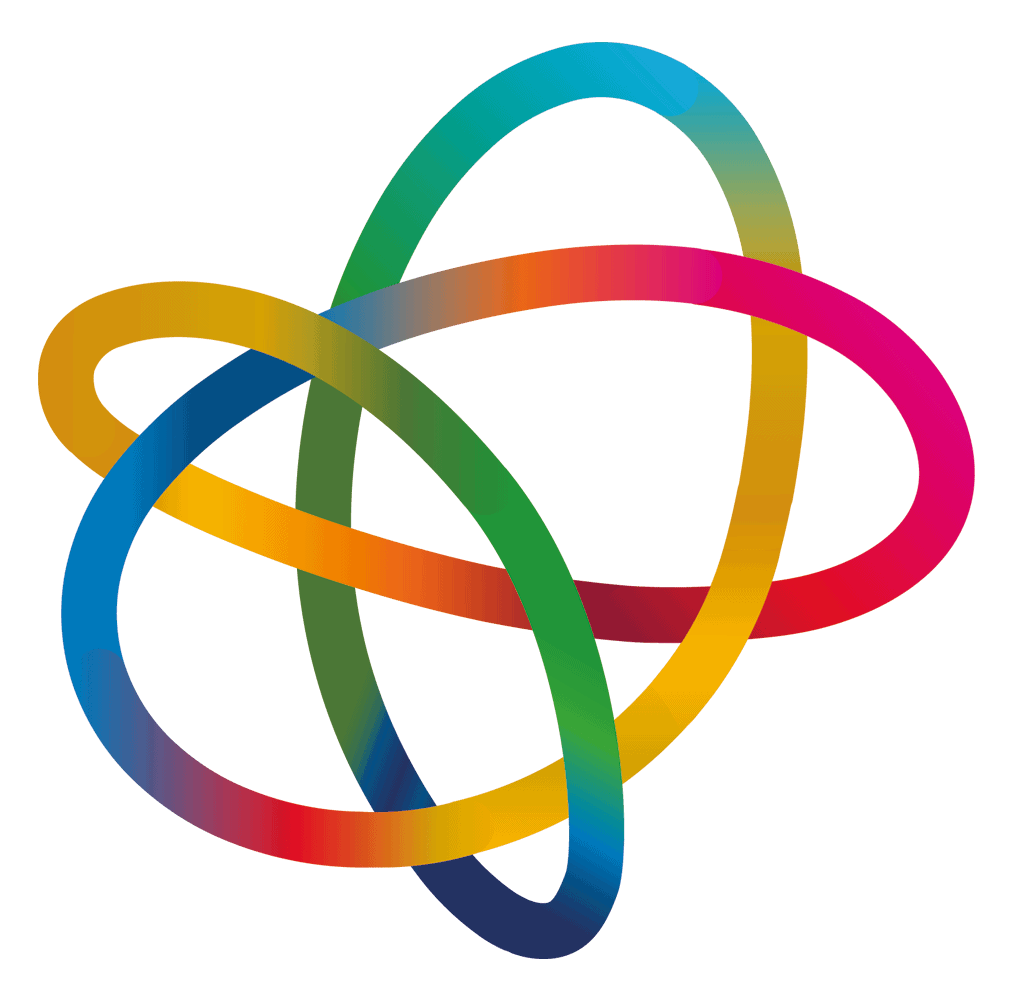
Part of our International Year of Quantum Science and Technology coverage
One of the most significant events in the International Year of Quantum Science and Technology is a workshop being held in June 2025 in Helgoland – the island where Werner Heisenberg laid the foundations for quantum mechanics 100 years ago. Robert P Crease asks delegates what they’ll be discussing and wonders whether Heisenberg’s work was as definitive as we like to think
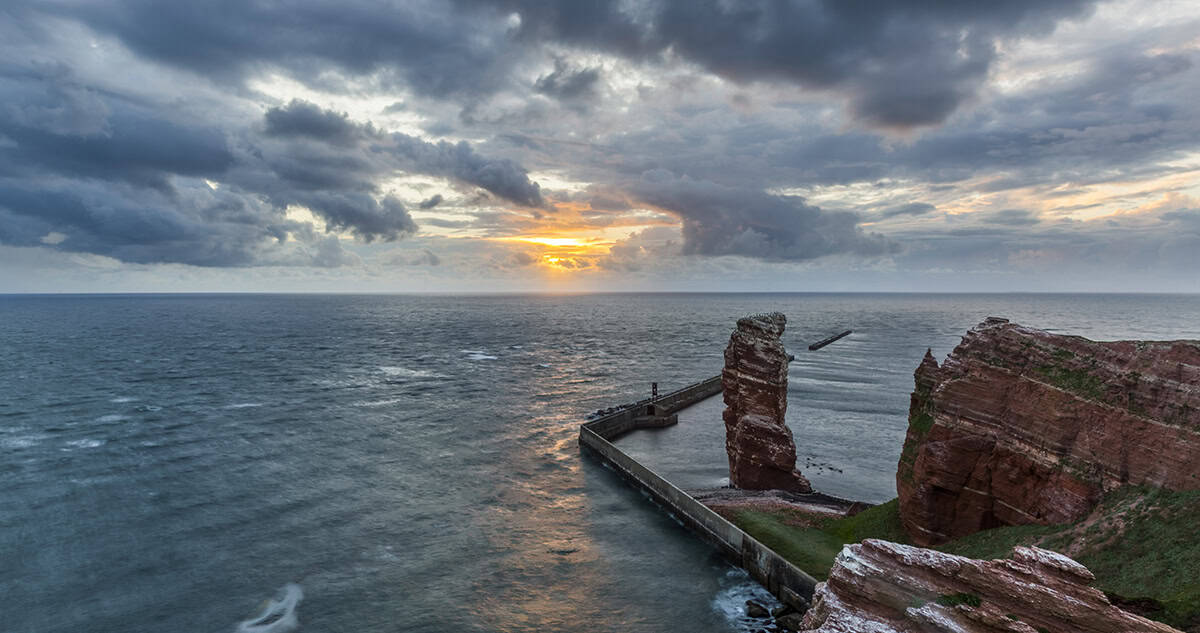
At 3 a.m. one morning in June 1925, an exhausted, allergy-ridden 23-year old climbed a rock at the edge of a small island off the coast of Germany in the North Sea. Werner Heisenberg, who was an unknown physics postdoc at the time, had just cobbled together, in crude and unfamiliar mathematics, a framework that would shortly become what we know as “matrix mechanics”. If we insist on pegging the birth of quantum mechanics to a particular place and time, Helgoland in June 1925 it is.
Heisenberg’s work a century ago is the reason why the United Nations has proclaimed 2025 to be the International Year of Quantum Science and Technology. It’s a global initiative to raise the public’s awareness of quantum science and its applications, with numerous activities in the works throughout the year. One of the most significant events for physicists will be a workshop running from 9–14 June on Helgoland, exactly 100 years on from the very place where quantum mechanics supposedly began.
Entitled “Helgoland 2025”, the event is designed to honour Heisenberg’s development of matrix mechanics, which organizers have dubbed “the first formulation of quantum theory”. The workshop, they say, will explore “the increasingly fruitful intersection between the foundations of quantum mechanics and the application of these foundations in real-world settings”. But why was Heisenberg’s work so vital to the development of quantum mechanics? Was it really as definitive as we like to think? And is the oft-repeated Helgoland story really true?
How it all began
The events leading up to Heisenberg’s trip can be traced back to the work of Max Planck in 1900. Planck was trying to produce a formula for how certain kinds of materials absorb and emit light depending on energy. In what he later referred to as an “act of sheer desperation”, Planck found himself having to use the idea of the “quantum”, which implied that electromagnetic radiation is not continuous but can be absorbed and emitted only in discrete chunks.
Standing out as a smudge on the beautiful design of classical physics, the idea of quantization appeared of limited use. Some physicists called it “ugly”, “grotesque” and “distasteful”; it was surely a theoretical sticking plaster that could soon be peeled off. But the quantum proved indispensable, cropping up in more and more branches of physics, including the structure of the hydrogen atom, thermodynamics and solid-state physics. It was like an obnoxious visitor whom you try to expel from your house but can’t. Worse, its presence seemed to grow. The quantum, remarked one scientist at the time, was a “lusty infant”.
‘Quantum theory’ was like having instructions for how to get from place A to place B. What you really wanted was a ‘quantum mechanics’ – a map that showed you how to go from any place to any other.
Robert P Crease, Stony Brook University
Attempts to domesticate that infant in the first quarter of the 20th century were made not only by Planck but other physicists too, such as Wolfgang Pauli, Max Born, Niels Bohr and Ralph Kronig. They succeeded only in producing rules for calculating certain phenomena that started with classical theory and imposed conditions. “Quantum theory” was like having instructions for how to get from place A to place B. What you really wanted was a “quantum mechanics” – a map that, working with one set of rules, showed you how to go from any place to any other.
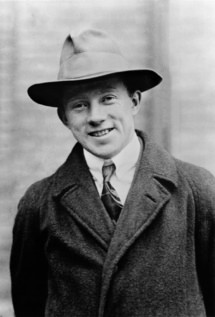
Heisenberg was a young crusader in this effort. Born on 5 December 1901 – the year after Planck’s revolutionary discovery – Heisenberg had the character often associated with artists, with dashing looks, good musicianship and a physical frailty including a severe vulnerability to allergies. That summer in 1923, Heisenberg had just finished his PhD under Arnold Sommerfeld at the Ludwig Maximilian University in Munich and was starting a postdoc with Born at the University of Göttingen.
Like others, Heisenberg was stymied in his attempts to develop a mathematical framework for the frequencies, amplitudes, orbitals, positions and momenta of quantum phenomena. Maybe, he wondered, the trouble was trying to cast these phenomena in a Newtonian-like visualizable form. Instead of treating them as classical properties with specific values, he decided to look at them in purely mathematical terms as operators acting on functions. It was then that an “unfortunate personal setback” occurred.
Destination Helgoland
Referring to a bout of hay fever that had wiped him out, Heisenberg asked Born for a two-week leave of absence from Göttingen and took a boat to Helgoland. The island, which lies some 50 km off Germany’s mainland, is barely 1 km2 in size. However, its strategic military location had given it an outsized history that saw it swapped several times between different European powers. Part of Denmark from 1714, the island was occupied by Britain in 1807 before coming under Germany’s control in 1890.
During the First World War, Germany turned the island into a military base and evacuated all its residents. By the time Heisenberg arrived, the soldiers had long gone and Helgoland was starting to recover its reputation as a centre for commercial fishing and a bracing tourist destination. Most importantly for Heisenberg, it had fresh winds and was remote from allergen producers.

Heisenberg arrived at Helgoland on Saturday 6 June 1925 coughing and sneezing, and with such a swollen face that his landlady decided he had been in a fight. She installed him in a quiet room on the second floor of her Gasthaus that overlooked the beach and the North Sea. But he didn’t stop working. “What exactly happened on that barren, grassless island during the next ten days has been the subject of much speculation and no little romanticism,” wrote historian David Cassidy in his definitive 1992 book Uncertainty: The Life and Science of Werner Heisenberg.
In Heisenberg’s telling, decades later, he kept turning over all he knew and began to construct equations of observables – of frequencies and amplitudes – in what he called “quantum-mechanical series”. He outlined a rough mathematical scheme, but one so awkward and clumsy that he wasn’t even sure it obeyed the conservation of energy, as it surely must. One night Heisenberg turned to that issue.
“When the first terms seemed to accord with the energy principle, I became rather excited,” he wrote much later in his 1971 book Physics and Beyond. But he was still so tired that he began to stumble over the maths. “As a result, it was almost three o’clock in the morning before the final result of my computations lay before me.” The work still seemed finished yet incomplete – it succeeded in giving him a glimpse of a new world though not one worked out in detail – but his emotions were weighted with fear and longing.
“I was deeply alarmed,” Heisenberg continued. “I had the feeling that, through the surface of atomic phenomena, I was looking at a strangely beautiful interior, and felt almost giddy at the thought that I now had to probe this wealth of mathematical structure nature had so generously spread out before me. I was far too excited to sleep and so, as a new day dawned, I made for the southern tip of the island, where I had been longing to climb a rock jutting out into the sea. I now did so without too much trouble, and waited for the sun to rise.”
What happened on Helgoland?
Historians are suspicious of Heisenberg’s account. In their 2023 book Constructing Quantum Mechanics Volume 2: The Arch 1923–1927, Anthony Duncan and Michel Janssen suggest that Heisenberg made “somewhat less progress in his visit to Helgoland in June 1925 than later hagiographical accounts of this episode claim”. They believe that Heisenberg, in Physics and Beyond, may “have misremembered exactly how much he accomplished in Helgoland four decades earlier”.
What’s more – as Cassidy wondered in Uncertainty – how could Heisenberg have been so sure that the result agreed with the conservation of energy without having carted all his reference books along to the island, which he surely had not. Could it really be, Cassidy speculated sceptically, that Heisenberg had memorized the relevant data?
Alexei Kojevnikov – another historian – even doubts that Heisenberg was entirely candid about the reasons behind his inspiration. In his 2020 book The Copenhagen Network: The Birth of Quantum Mechanics from a Postdoctoral Perspective, Kojevnikov notes that fleeing from strong-willed mentors such as Bohr, Born, Kronig, Pauli and Sommerfeld was key to Heisenberg’s creativity. “In order to accomplish his most daring intellectual breakthrough,” Kojevnikov writes, “Heisenberg had to escape from the authority of his academic supervisors into the temporary loneliness and freedom on a small island in the North Sea.”

Werner Heisenberg: controversial scientist
Whatever did occur on the island, one thing is clear. “Heisenberg had his breakthrough,” decides Cassidy in his book. He left Helgoland 10 days after he arrived, returned to Göttingen, and dashed off a paper that was published in Zeitschrift für Physik in September 1925 (33 879). In the article, Heisenberg wrote that “it is not possible to assign a point in space that is a function of time to an electron by means of observable quantities.” He then suggested that “it seems more advisable to give up completely on any hope of an observation of the hitherto-unobservable quantities (such as the position and orbital period of the electron).”
To modern ears, Heisenberg’s comments may seem unremarkable. But his proposition certainly would have been nearly unthinkable to those steeped in Newtonian mechanics. Of course, the idea of completely abandoning the observability of those quantities wasn’t quite true. Under certain conditions, it can make sense to speak of observing them. But they certainly captured the direction he was taking.
The only trouble was that his scheme, with its “quantum-mechanical relations”, produced formulae that were “noncommutative” – a distressing asymmetry that was surely an incorrect feature in a physical theory. Heisenberg all but shoved this feature under the rug in his Zeitschrift für Physik article, where he relegated the point to a single sentence.
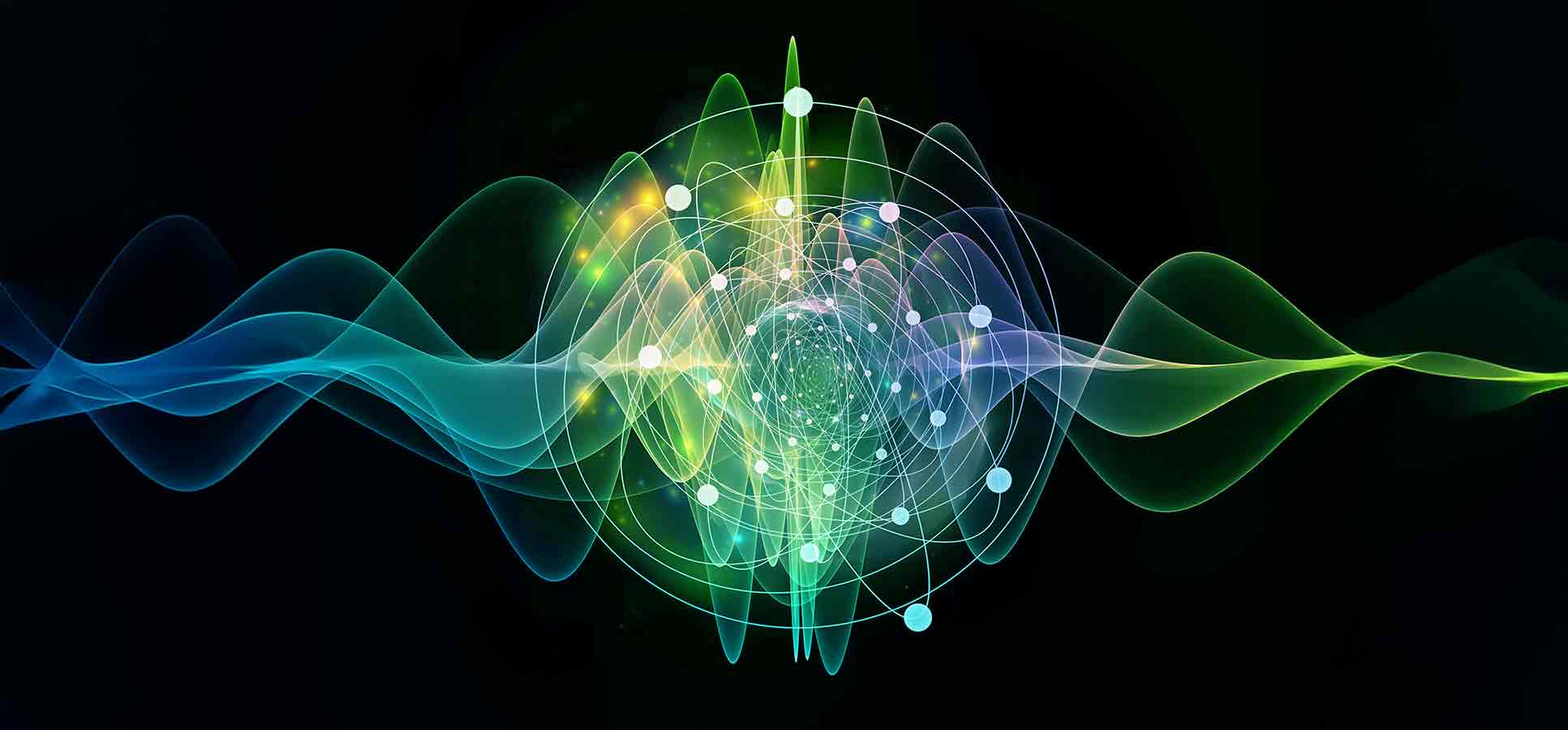
The more mathematically trained Born, on the other hand, sensed something familiar about the maths and soon recognized that Heisenberg’s bizarre “quantum-mechanical relations” with their strange tables were what mathematicians called matrices. Heisenberg was unhappy with that particular name for his work, and considered returning to what he had called “quantum-mechanical series”.
Fortunately, he didn’t, for it would have made the rationale for the Helgoland 2025 conference clunkier to describe. Born was delighted with the connection to traditional mathematics. In particular he found that when the matrix p associated with momentum and the matrix q associated with position are multiplied in different orders, the difference between them is proportional to Planck’s constant, h.
As Born wrote in his 1956 book Physics in My Generation: “I shall never forget the thrill I experienced when I succeeded in condensing Heisenberg’s ideas on quantum conditions in the mysterious equation pq – qp = h/2πi, which is the centre of the new mechanics and was later found to imply the uncertainty relations”. In February 1926, Born, Heisenberg and Jordan published a landmark paper that worked out the implications of this equation (Zeit. Phys. 35 557). At last, physicists had a map of the quantum domain.
Almost four decades later in an interview with the historian Thomas Kuhn, Heisenberg recalled Pauli’s “extremely enthusiastic” reaction to the developments. “[Pauli] said something like ‘Morgenröte einer Neuzeit’,” Heisenberg told Kuhn. “The dawn of a new era.” But it wasn’t entirely smooth sailing after that dawn. Some physicists were unenthusiastic about Heisenberg’s new mechanics, while others were outright sceptical.
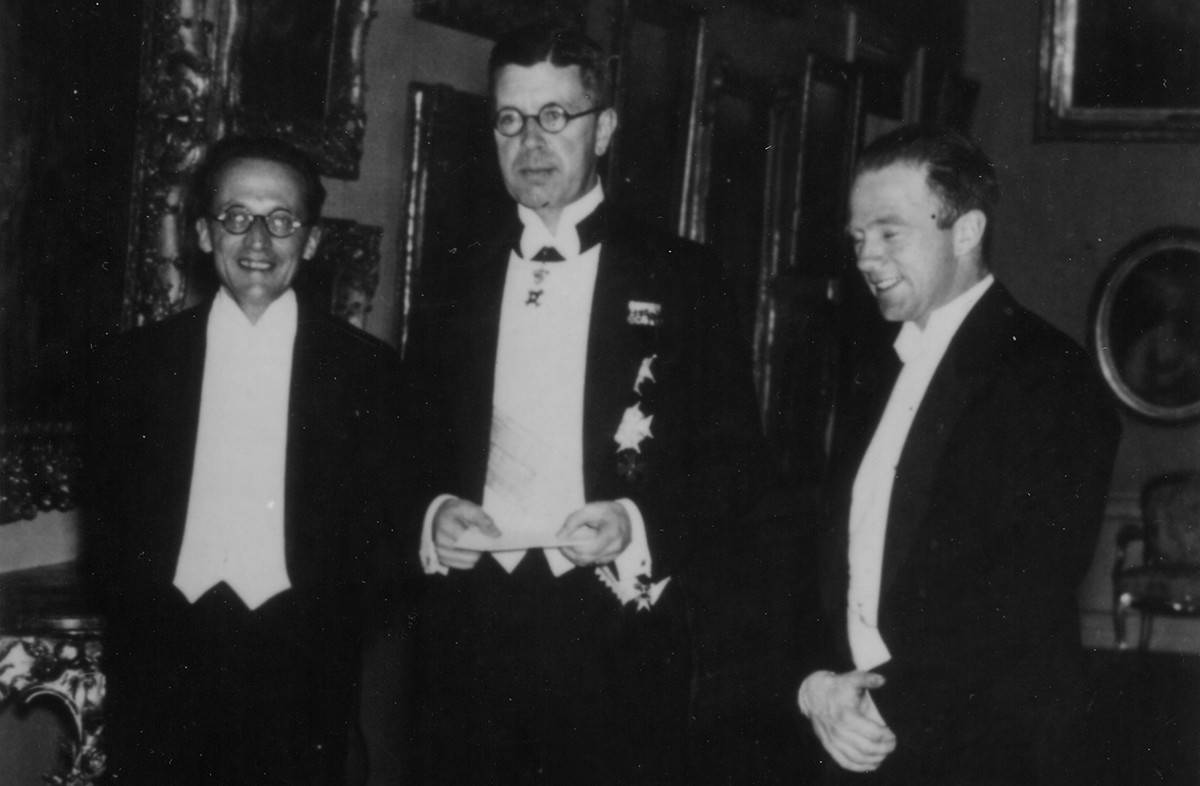
Yet successful applications kept coming. Pauli applied the equation to light emitted by the hydrogen atom and derived the Balmer formula, a rule that had been known empirically since the mid-1880s. Then, in one of the most startling coincidences in the history of science, the Austrian physicist Erwin Schrödinger produced a complete map of the quantum domain stemming from a much more familiar mathematical basis called “wave mechanics”. Crucially, Heisenberg’s matrix mechanics and Schrödinger’s maps turned out to be identical.
Even more fundamental implications followed. In an article published in Naturwissenschaften (14 899) in September 1926, Heisenberg wrote that our “ordinary intuition” does not work in the subatomic realm. “Because the electron and the atom possess not any degree of physical reality as the objects of our daily experience,” he said, “investigation of the type of physical reality which is proper to electrons and atoms is precisely the subject of quantum mechanics.”
Quantum mechanics, alarmingly, was upending reality itself, for the uncertainty it introduced was not only mathematical but “ontological” – meaning it had to do with the fundamental features of the universe. Early the next year, Heisenberg, in correspondence with Pauli, derived the equation Δp Δq ≥ h/4π, the “uncertainty principle”, which became the touchstone of quantum mechanics. The birth complications, however, persisted. Some even got worse.
Catalytic conference
A century on from Heisenberg’s visit to Helgoland, quantum mechanics still has physicists scratching their heads. “I think most people agree that we are still trying to make sense of even basic non-relativistic quantum mechanics,” admits Jack Harris, a quantum physicist at Yale University who is co-organizing Helgoland 2025 with Časlav Brukner, Steven Girvin and Florian Marquardt.
We really don’t fully understand the quantum world yet. We apply it, we generalize it, we develop quantum field theories and so on, but still a lot of it is uncharted territory.
Igor Pikovsky, Stevens Institute, New Jersey
“We really don’t fully understand the quantum world yet,” adds Igor Pikovsky from the Stevens Institute in New Jersey, who works in gravitational phenomena and quantum optics. “We apply it, we generalize it, we develop quantum field theories and so on, but still a lot of it is uncharted territory.” Philosophers and quantum physicists with strong opinions have debated interpretations and foundational issues for a long time, he points out, but the results of those discussions have been unclear.
Helgoland 2025 hopes to change all that. Advances in experimental techniques let us ask new kinds of fundamental questions about quantum mechanics. “You have new opportunities for studying quantum physics at completely different scales,” says Pikovsky. “You can make macroscopic, Schrödinger-cat-like systems, or very massive quantum systems to test. You don’t need to debate philosophically about whether there’s a measurement problem or a classical-quantum barrier – you can start studying these questions experimentally.”
One phenomenon fundamental to the puzzle of quantum mechanics is entanglement, which prevents the quantum state of a system from being described independently of the state of others. Thanks to the Einstein–Podolsky–Rosen (EPR) paper of 1935 (Phys. Rev. 47 777), Chien-Shiung Wu and Irving Shaknov’s experimental demonstration of entanglement in extended systems in 1949, and John Bell’s theorem in 1964 (Physics 1 195), physicists know that entanglement in extended systems is a large part of what’s so weird about quantum mechanics.
Understanding all that entanglement entails, in turn, has led physicists to realize that information is a fundamental physical concept in quantum mechanics. “Even a basic physical quantum system behaves differently depending on how information about it is stored in other systems,” Harris says. “That’s a starting point both for deep insights into what quantum mechanics tells us about the world, and also for applying it.”
Helgoland 2025: have you packed your tent?
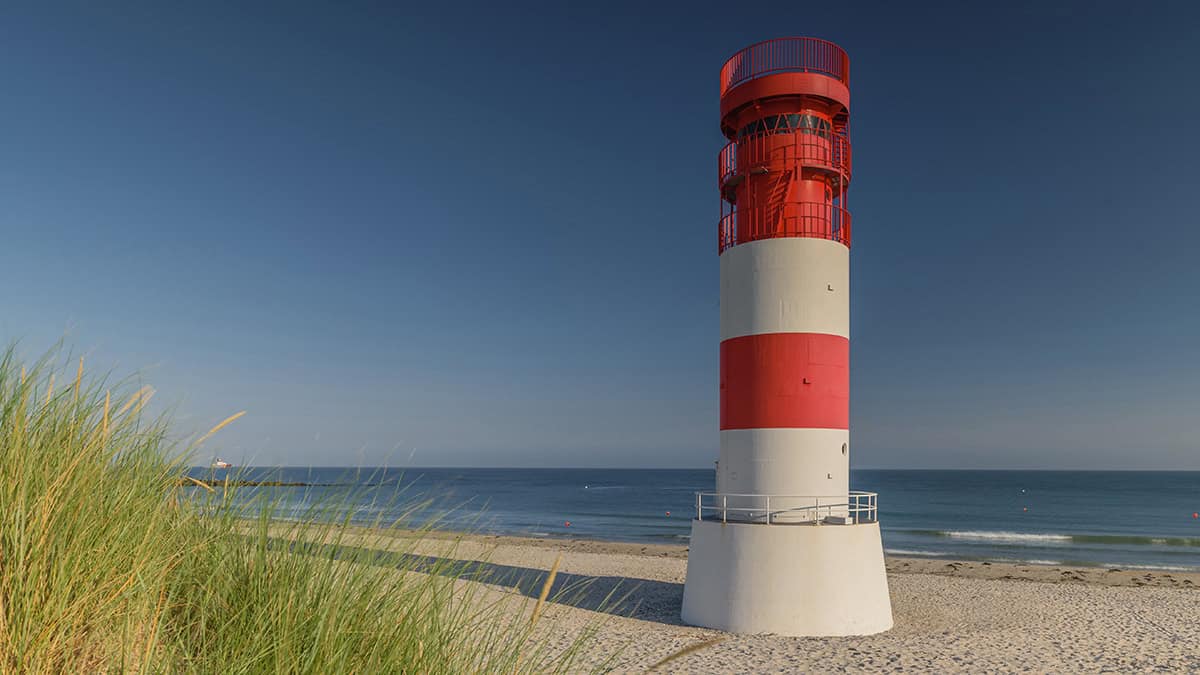
Running from 9–14 June 2025 on the island where Werner Heisenberg did his pioneering work on quantum mechanics, the Helgoland 2025 workshop is a who’s who of quantum physics. Five Nobel laureates in the field of quantum foundations are coming. David Wineland and Serge Haroche, who won in 2012 for measuring and manipulating individual quantum systems, will be there. So too will Alain Aspect, John Clauser and Anton Zeilinger, who were honoured in 2022 for their work on quantum-information science.
There’ll be Charles Bennett and Gilles Brassard, who pioneered quantum cryptography, quantum teleportation and other applications, as well quantum-sensing guru Carlton Caves. Researchers from industry are intending to be present, including Krysta Svore, who’s vice-president of Microsoft Quantum.
Other attendees are from the intersection of foundations and applications. There will be researchers working on gravitation, mostly from quantum gravity phenomenology, where the aim is to seek experimental signatures of the effect. Others work on quantum clocks, quantum cryptography, and innovative ways of controlling light, such as using squeezed light at LIGO, to detect gravitational waves.
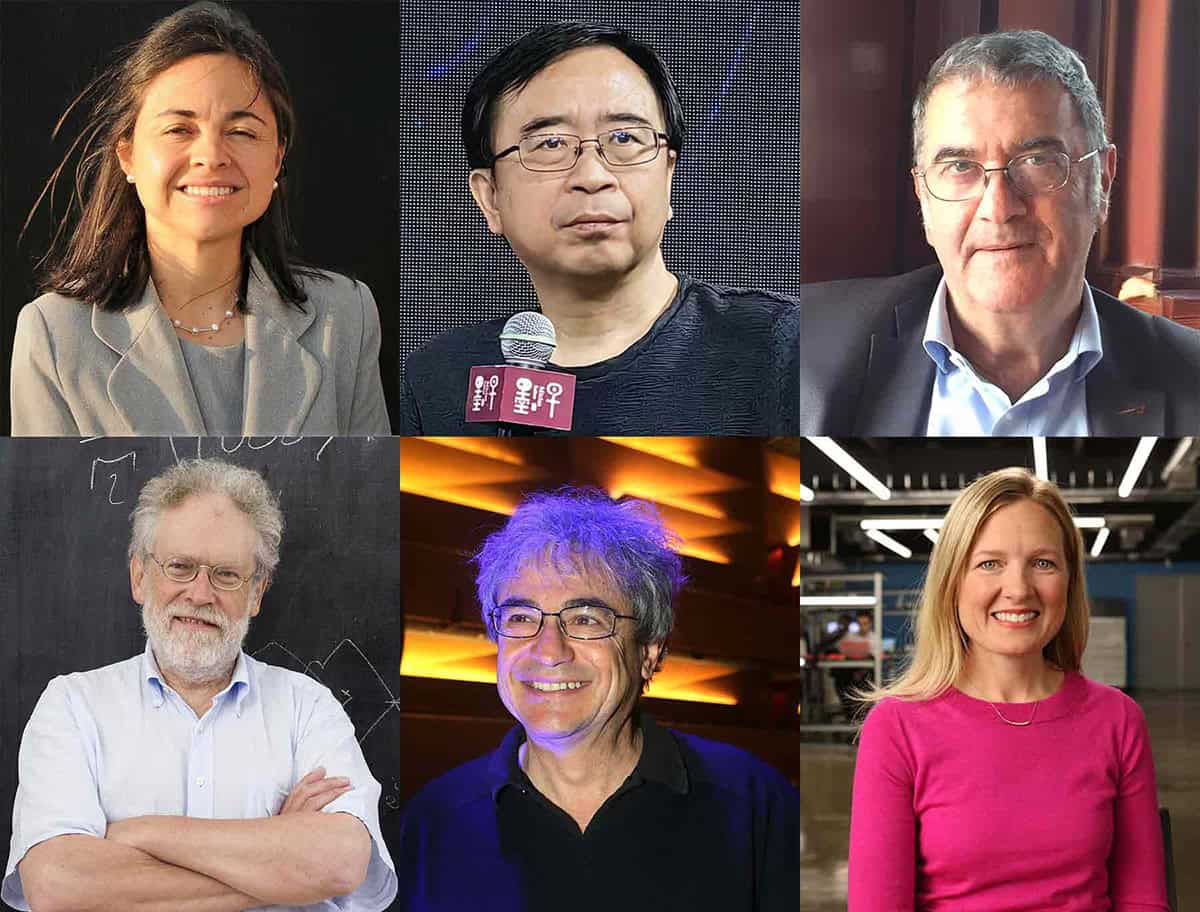
The programme starts in Hamburg on 9 June with a banquet and a few talks. Attendees will then take a ferry to Helgoland the following morning for a week of lectures, panel discussions and poster sessions. All talks are plenary, but in the evenings panels of a half-dozen or so people will address bigger questions familiar to every quantum physicist but rarely discussed in research papers. What is it about quantum mechanics, for instance, that makes it so compatible with so many interpretations?
If you’re thinking of going, you’re almost certainly out of luck. Registration closed in April 2024, while hotels, Airbnb and Booking.com venues are nearly exhausted. Participants are having to share double rooms or invited to camp on the beaches – with their own gear.
Helgoland 2025 will therefore focus on the two-way street between foundations and applications in what promises to be a unique event. “The conference is intended to be a bit catalytic,” Harris adds. “[There will be] people who didn’t realize that others were working on similar issues in different fields, and a lot of people who will never have met each other”. The disciplinary diversity will be augmented by the presence of students as well as poster sessions, which tend to bring in an even broader variety of research topics.
There will be people [at Helgoland] who work on black holes whose work is familiar to me but who I haven’t met yet.
Ana Maria Rey, University of Colorado, Boulder
One of those looking forward to such encounters is Ana Maria Rey – a theoretical physicist at the University of Colorado, Boulder, and a JILA fellow who studies quantum phenomena in ways that have improved atomic clocks and quantum computing. “There will be people who work on black holes whose work is familiar to me but who I haven’t met yet,” she says. Finding people should be easy: Helgoland is tiny and only a hand-picked group of people have been invited to attend (see box above).
What’s also unusual about Helgoland is that it has as many practically-minded as theoretically-minded participants. But that doesn’t faze Magdalena Zych, a physicist from Stockholm University in Sweden. “I’m biased because academically I grew up in Vienna, where Anton Zeilinger’s group always had people working on theory and applications,” she says.
Zych’s group has, for example, recently discovered a way to use the uncertainty principle to get a better understanding of the semi-classical space–time trajectories of composite particles. She plans to talk about this research at Helgoland, finding it appropriate given that it relies on Heisenberg’s principle, is a product of specific theoretical work and is valid more generally. “It relates to the arch of the conference, looking both backwards and forwards, and from theory to applications.”
Nathalie de Leon: heading for Helgoland

In June 2022, Nathalie de Leon, a physicist at Princeton University working on quantum computing and quantum metrology, was startled to receive an invitation to the Helgoland conference. “It’s not often you get [one] a full three years in advance,” says de Leon, who also found it unusual that participants had to attend for the entire six days. But she was not surprised at the composition of the conference with its mix of theorists, experimentalists and people applying what she calls the “weirder” aspects of quantum theory.
“When I was a graduate student [in the late 2000s], it was still the case that quantum theorists and researchers who built things like quantum computers were well aware of each other but they didn’t talk to each other much,” she recalls. “In their grant proposals, the physicists had to show they knew what the computer scientists were doing, and the computer scientists had to justify their work with appeals to physics. But they didn’t often collaborate.” De Leon points out that over the last five or 10 years, however, more and more opportunities for these groups to collaborate have emerged. “Companies like IBM, Google, QuEra and Quantinuum now have theorists and academics trying to develop the hardware to make quantum tech a practical reality,” she says.
Some quantum applications have even cropped up in highly sophisticated technical devices, such as the huge Laser Interferometer Gravitational Wave Observatory (LIGO). “A crazy amount of classical engineering was used to build this giant interferometer,” says de Leon, “which got all the way down to a minuscule sensitivity. Then as a last step the scientists injected something called squeezed light, which is a direct consequence of quantum mechanics and quantum measurement.” According to de Leon, that squeezing let us see something like eight times more of the universe. “It’s one of the few places where we get a real tangible advantage out of the strangeness of quantum mechanics,” she adds.
Other, more practical benefits are also bound to emerge from quantum information theory and quantum measurement. “We don’t yet have quantum technologies on the open consumer market in the same way we have lasers you can buy on Amazon for $15,” de Leon says. But groups gathering in Helgoland will give us a better sense of where everything is heading. “Things,” she adds, “are moving so fast.”
Sadly, participants will not be able to visit Heisenberg’s Gasthaus, nor any other building where he might have been. During the Second World War, Germany again relocated Helgoland’s inhabitants and turned the island into a military base. After the war, the Allies piled up unexploded ordinances on the island and set them off, in what is said to be one of the biggest conventional explosions in history. The razed homeland was then given back to its inhabitants.
We will not be 300 Heisenbergs going for hikes. [Attendees] certainly won’t be trying to get away from each other.
Jack Harris, Yale University
Helgoland still has rocky outcroppings at its southern end, one of which may or may not be the site of Heisenberg’s early morning climb and vision. But despite the powerful mythology of his story, participants at Helgoland 2025 are not being asked to herald another dawn. “We will not,” says Harris, “be 300 Heisenbergs going for hikes. We certainly won’t be trying to get away from each other.”
The historian of science Mario Biagioli once wrote an article entitled “The scientific revolution is undead”, underlining how arbitrary it is to pin key developments in science – no matter how influential or long-lasting – to specific beginnings and endings, for each new generation of scientists finds ever more to mine in the radical discoveries of predecessors. With so many people working on so many foundational issues set to be at Helgoland 2025, new light is bound to emerge. A century on, the quantum revolution is alive and well.
This article forms part of Physics World‘s contribution to the 2025 International Year of Quantum Science and Technology (IYQ), which aims to raise global awareness of quantum physics and its applications.
Stayed tuned to Physics World and our international partners throughout the next 12 months for more coverage of the IYQ.
Find out more on our quantum channel.
